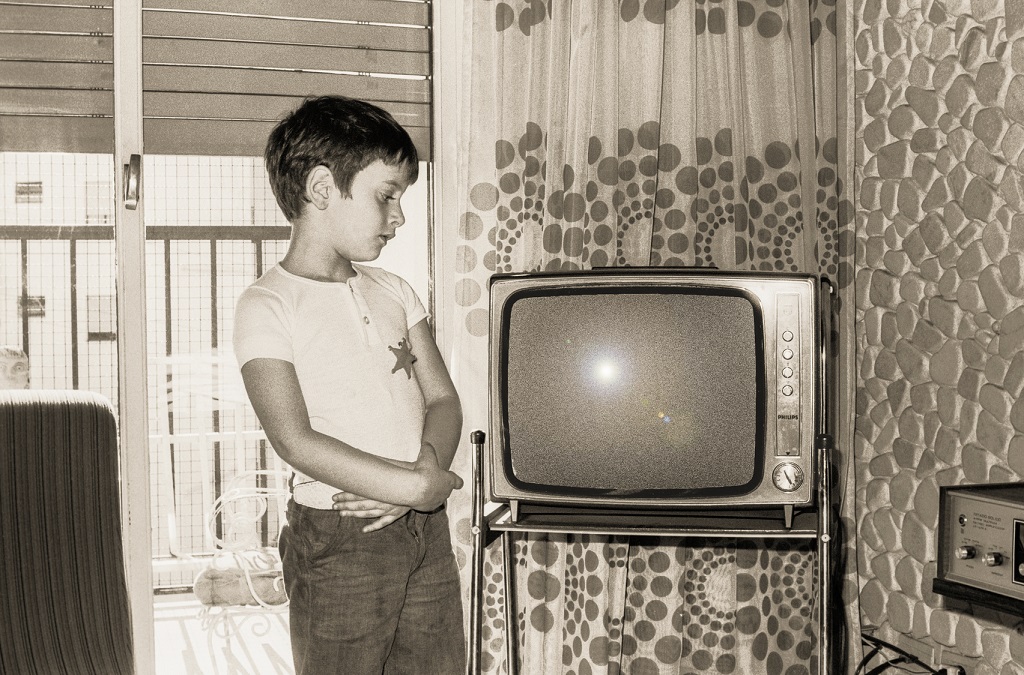The holiday season is upon us. We swap out Halloween decorations for Thanksgiving for Christmas. We may not always agree how to greet each other (“Merry Christmas!” v. “Happy Holidays”) but there are a few things we nearly all agree upon: fruitcakes are kind of icky, some Christmas sweaters are indeed ugly, and Christmas cards are always welcome.
The Christmas card was “invented” by Sir Henry Cole (who established the Victoria and Albert Museum in England.) He got a lot of mail, especially around the holidays, and couldn’t figure out how he’d answer all of it. He took his idea to an artist friend: a picture of a family celebrating and helping the poor, with a standard greeting. It became the first Christmas card.
Clearly, we have faster and less time-consuming ways of contacting each other. A decade ago, it was considered poor manners to invite someone to a party using social media; now it’s common and acceptable. A generation ago, the thought of “posting” a sympathetic message to a family who’s lost a member would be an egregious faux pas. Now, sending such a message its considered just fine by many people. So, why should we send Christmas cards?
- Christmas cards (while they may have the same cover) are personal. You add your own touches: a picture of the kids, a short letter about what’s happened during the past year, a recipe that your family cherishes.
- It’s thoughtful. When you are writing out Christmas card messages, you are thinking about each individual recipient. It’s a great time to pray for that person or family.
- Christmas cards force you to slow down in a very busy season. Let’s face it: even the most stalwart of us gets pulled into the Christmas hustle. Lots of obligations for parties, baking that you want to do, getting shopping done. Even a simple trip to the grocery store means long waits as people fill their carts with holiday goodies. Sitting down and making a list of card recipients, writing out the cards and addresses forces us to slow down during a hectic time. Enjoy some beautiful music, place some Christmas cookies on your grandmother’s Christmas plates, and enjoy the process of sending Christmas greetings.
For our parish friends, the “time crunch” of the holidays is probably even harder to manage. Church staffs begin planning Advent and Christmas somewhere around the 4th of July. (Maybe not that soon, but it’s early!) There’s the Children’s Mass and choir and more visitors to the office … but Christmas greetings are still important. Why should your parish and staff send cards this year?
- Christmas cards help you slow down. Just like the folks in their homes trying to balance work, family and holiday obligations, Christmas cards can help the parish staff slow down a bit. Take time to enjoy the process.
- It lets parishioners – near and far – know they are important to the parish faith community. Parishes sometimes don’t see many “regulars” during the winter months. Maybe there are “snow birds” who live part-time in another part of the country. Maybe you have older people who just don’t venture out as often in the snowy weather. Many people vacation this time of year. Christmas cards can help you connect with people who probably most need to hear from you.
- Christmas cards are a wonderful way to pray for people. When we think about what Christmas celebrates (the Incarnation, the single most important event in human history), churches should be reminding people of the wonderful event of the birth of Christ. It’s a time of prayer and wonder, a time to say “we’re thinking of you and praying for you,” a time to send some cheer in a world that sorely lacks it sometimes. Let your Christmas cards be messages of faith and inspiration.
Christmas greetings and Christmas cards are a wonderful tradition that we can share with our children, our families and the people we may not see regularly but with whom we want to stay in touch. A Christmas card is a wonderful way to exchange news, to pray and to make sure people know we are thinking of them.

